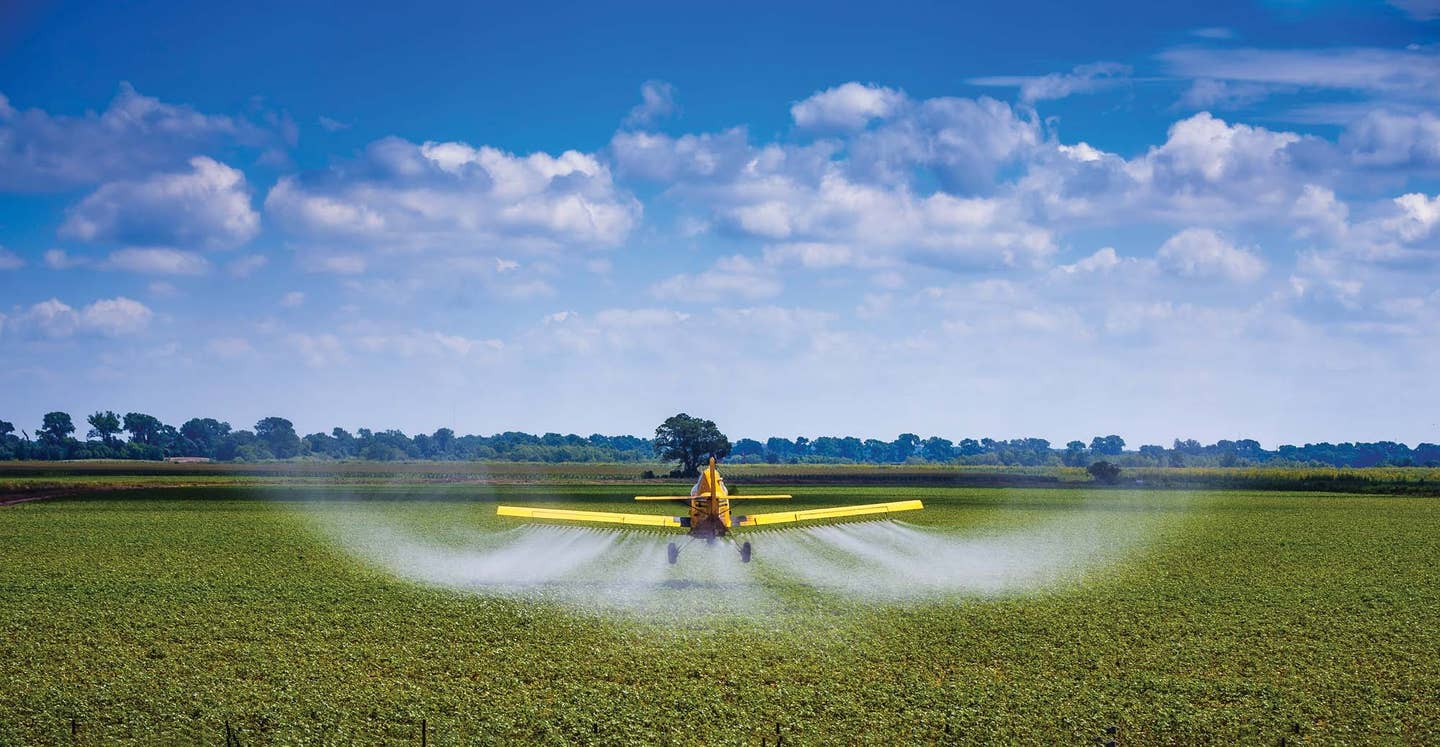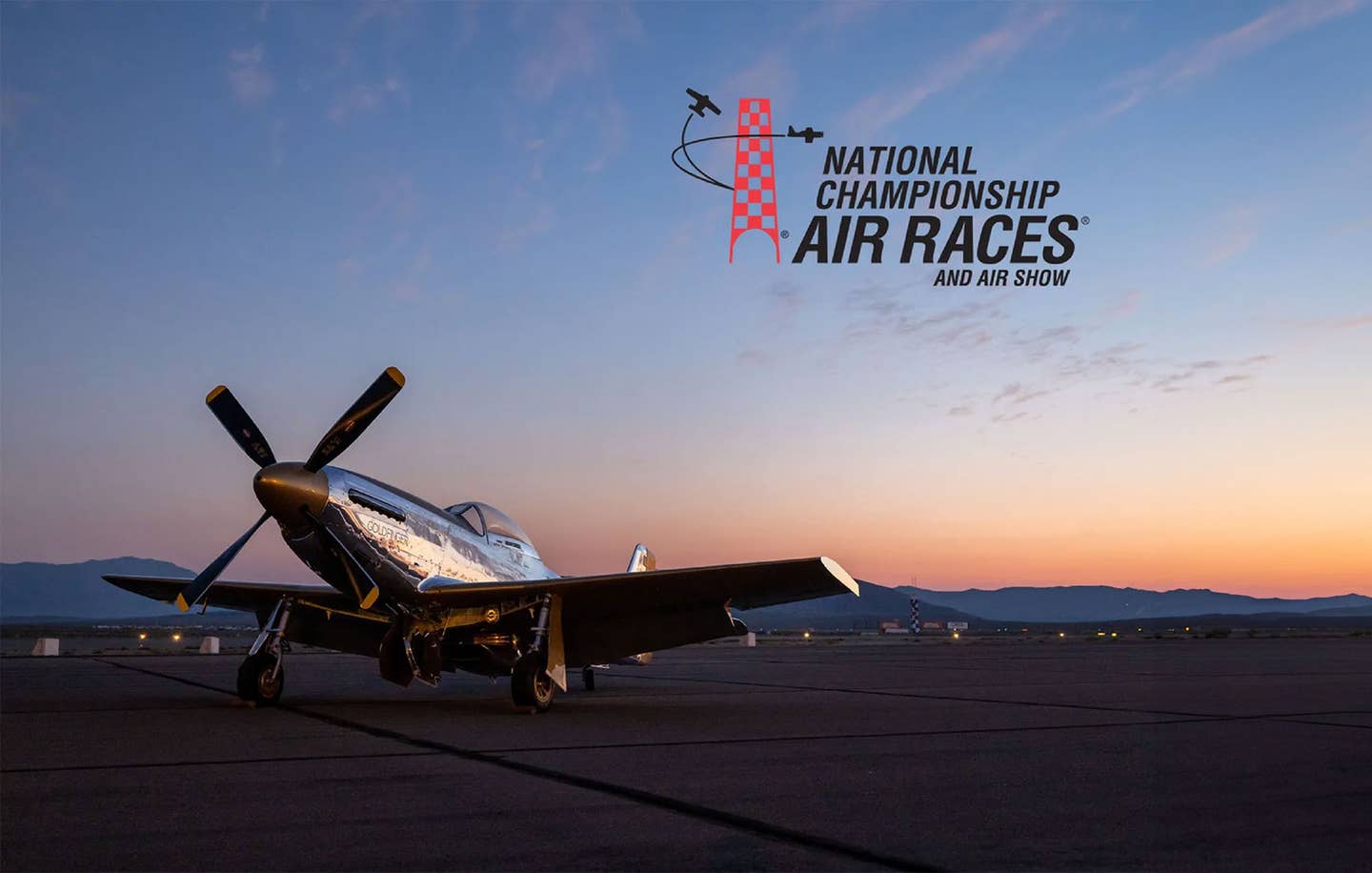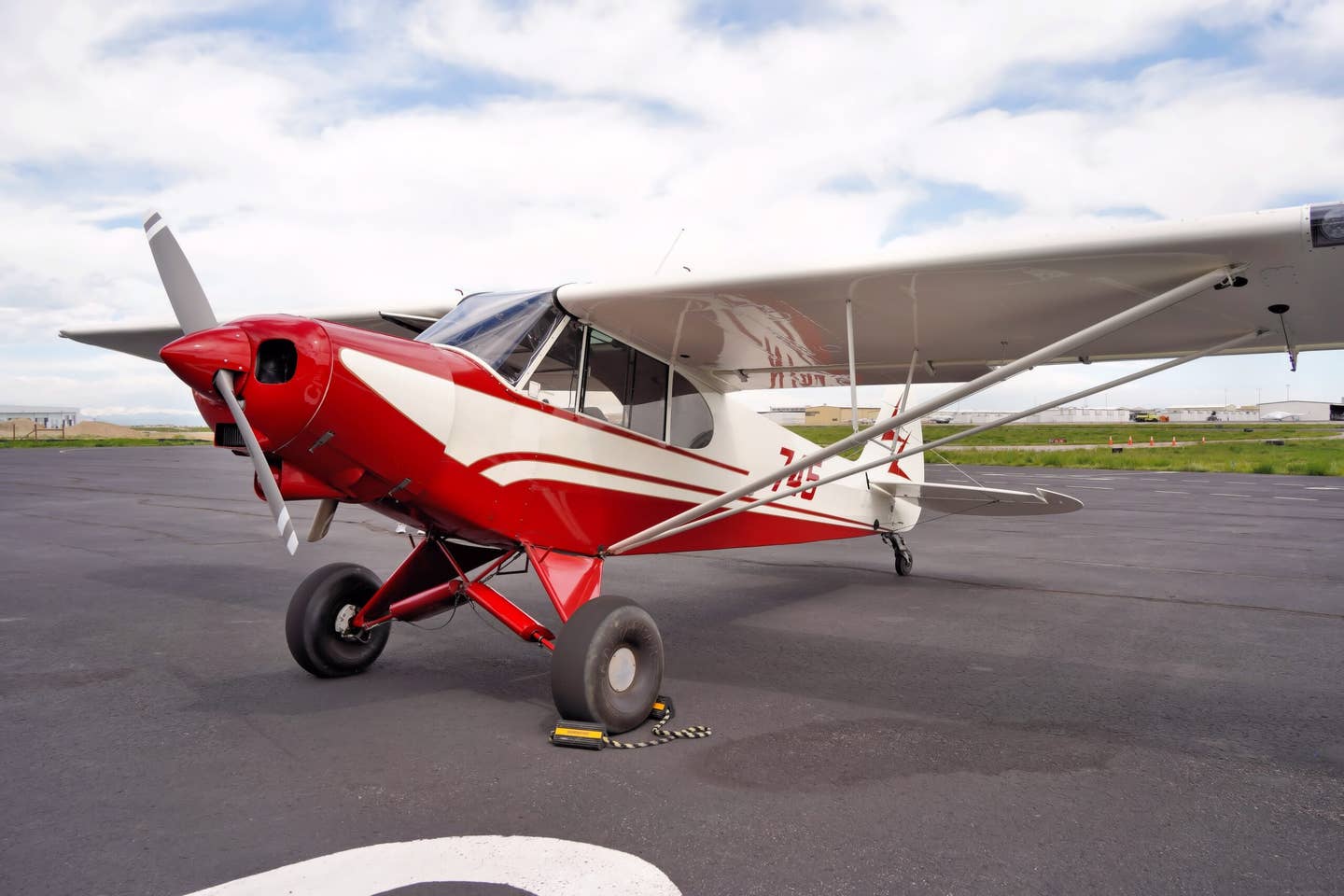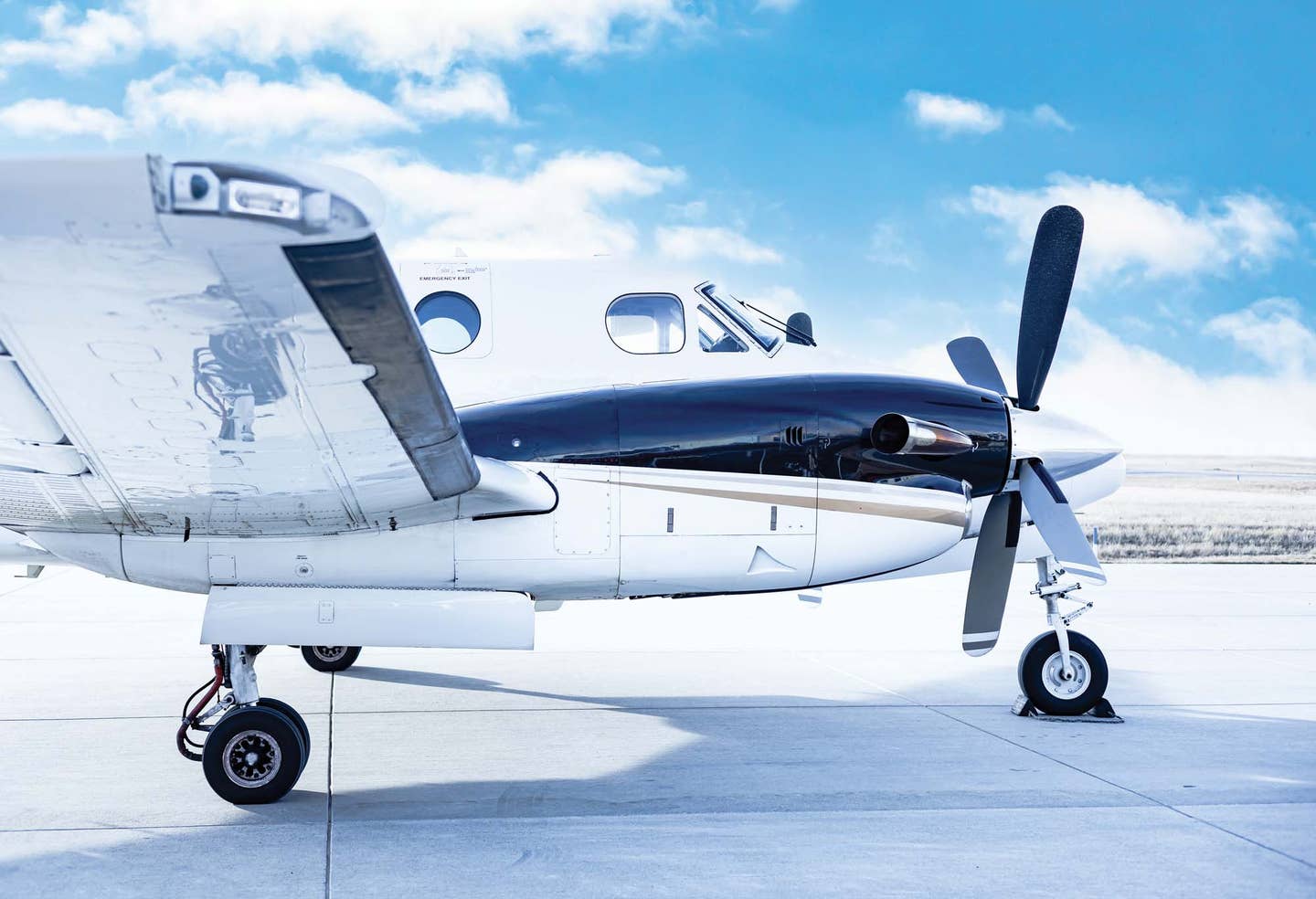Premier Turbo Dakota
A highly regarded Florida shop takes 40-year-old Pipers and turns them into dream planes. Here’s how it makes the magic happen.
When Fort Lauderdale, Florida-based Premier Aircraft Sales introduced its Premier Edition Piper Dakota in late 2017, the company was understandably curious to see how the market would respond. In theory, there would be great interest. The idea was compelling: By taking low-time PA-28-235 airframes and performing an extensive restoration, Premier could offer buyers an airplane that does what a new Dakota would do and then some, if you could buy one, which you can't, and at a fraction of the cost. Who wouldn't like the sound of that?
Fred Ahles, president and founder of Premier Aircraft Sales, explained that in his view, there's "no good used equivalent for the Dakota" at near this price point. Premier sells the refurbished Dakota for between $260,000 and $325,000, depending on avionics. Ahles suggested that an equivalent model would cost $500,000 or more. While a figure north of $300,000 sounds like a lot for a 40-year-old airplane, the truth is, it's cheaper than many new planes of less performance.
Are you an aviation enthusiast or pilot?Sign up for our newsletter, full of tips, reviews and more!
Piper introduced what it called the Cherokee 235 back in 1963 to compete against what is, till today, the plane's most natural rival, the Cessna 182 Skylane. With a Lycoming O-540 engine and a longer wing (and with tip tanks), the 235 could carry more than the 182 and go farther, too. In the early '70s, Piper stretched the fuselage to give the rear occupants more legroom and changed the name to the Pathfinder. In the late '70s, Piper swapped the beloved Hershey's bar wing for the newer, tapered wing. The final Piper version of the Dakota featured the Continental turbocharged TSIO-360-FB engine, the same engine as in the Turbo Arrow of the day. It is this airplane, and there weren't that many built, that Premier finds and extensively refurbishes.
While there has been healthy interest in the Premier Edition Dakota, according to the company, and while it has made several sales, some, especially those operating at higher elevations, want the added performance benefit of a turbocharged engine. Premier has responded to the interest with a Turbo Dakota, a plane that Premier says has all the beauty of the original with a much-improved engine.
The original Piper PA-28-201T Turbo Dakota had a very short production run. In fact, it was only available for the 1979 model year. The biggest issue was the use of a rather problematic, fixed-wastegate controller on the original, 210 horsepower Continental TSIO-360-FB engine.
According to Barry Rutheiser, regional sales manager with Premier, with the original fixed-wastegate, even if you were down at 4,000 feet and didn't need it, the unit was still going full speed, and that made the turbocharger less reliable and managing the engine a lot more challenging. It was just hard to nail down a manifold pressure at cruise. It was always changing. Because of that, the engine/turbocharger combination got a deserved bad reputation.
To eliminate those issues on its refurbished model, Premier replaced the old fixed-wastegate with a new Merlyn Automatic Wastegate Controller. Now, all the operations are handled automatically, so it's a lot easier to manage. Plus, as so configured, the engine delivers a number of other benefits, including faster cruise speeds, quicker climb rates, lower temperatures and more economical fuel burn at cruise.
The "Mother Of All Annuals"
Aside from the engines, turbo- or non-, every Premier Edition Dakota undergoes a super-detailed inspection by the experienced Piper technicians at Premier Aircraft Services (the company's in-house MRO arm)---or, as Rutheiser describes it, "The first really good annual inspection any of these airplanes have had in at least 10-years."
Rutheiser said that what Premier has found is typically these older airplanes have been in the hands of owners and mechanics who were doing the minimum needed to pass FAA muster every year. Because of that, its policy is to follow the Piper factory-recommended guide and do everything in the book, which takes time and isn't cheap.
Premier said that the in-house annuals have been running between $20,000 and $30,000 on these airframes---and that doesn't include the engine rebuild. Most of the repairs are due to the array of age-related issues in the airframe, and nothing is left unfixed.
One of the oft-overlooked (ignored?) items that Premier addresses is the long-standing Piper Service Bulletin on the inspection of the fuel lines that come out of the backs of the fuel tanks.
"The fuel tank inspection is recommended to be done every 15 years, so that's what we do," Ahles said. "You may not have a visible fuel leak, but we find seepage in the little lines at the back of the tanks that feed the fuel system. It's small, but over time it can build up and cause corrosion on the wing spar. So, of course, we inspect the spars for any signs of damage."
As Ahles explained it, after the fuel tanks are removed, the entire system is cleaned and inspected. It's not an isolated issue. Premier says that it has yet to find one that doesn't have some type of leak.
"These are simple little $8 rubber hoses that cost around $2,200 to change, but it has to be done," Ahles said. "Who wants to buy an airplane with a leaking fuel line? Not me. And I won't sell one, either."
After the airframe is inspected tip-to-tail and repairs are made, the control cables are all recalibrated to factory-new specifications, and new stainless-steel hardware is installed.
Interior Enhancements
Since the Premier team dedicated such an effort to the engine and airframe, it's no surprise that it upgraded the interior to match. If anything, the interior treatment is even more complete than the airframe or the engine. Premier's interior shop experts take the original seats and strip them down to the bare frames and then add high-end seat foam, reshaping the bottoms and backs, resulting in a finished product that Ahles says is not only "much more comfortable" than the original equipment but also comparable, he concludes, to what you'd get "with a new Meridian."
When it comes to the avionics package, Ahles said each owner specs out the panel to their liking, and there's a wide range of potential combinations. Premier offers everything from a basic six-pack of steam gauges to a glass panel built around Garmin's new 500TXi glass and GTN 750 touchscreen GPS units. In the process, the plane leaves the shop fully ADS-B compliant and with ADS-B in, as well.
Are you an aviation enthusiast or pilot?Sign up for our newsletter, full of tips, reviews and more!
Finish
As you would expect, while the true measure of a quality rebuild is what's under the paint, it's that glossy finish that everyone sees.
Premier partners with nearby paint shop Ormond Beach Aviation in Ormond Beach, Florida, and as with the avionics, the customer gets to spec out the paint colors, though Premier models its paint schemes current-model PA-28. Before it gets its first coat, every Dakota is stripped to bare metal and acid washed, including all the areas around the window surrounds, door edges and access panels, all with the singular goal of being prepped so it can be painted to the highest quality. Ahles is a believer in the high quality and compares the finish with those on brand-new planes, saying that, "Twenty years from now, these airplanes will still look terrific."
The Process
While Premier Aircraft Sales started the Premier Edition Dakota program to stimulate sales of legacy Dakotas, Ahles said that if you're lucky enough to already own one of these exceptionally capable airplanes, Premier is ready to work with you to upgrade it to your specifications.
"Should an owner bring us their Dakota, we can do any or all of our upgrades on their aircraft," he said. "It's totally up to the owner's wants and wishes."
As for the price, again, that's totally up to what you want done. "I'd say it's best to start with one of our detailed annuals and go from there," he said. "That way the owner will know what condition the aircraft is really in and determine their upgrade path."
The Premier Dakota can carry four full-sized adults and 72 gallons of 100LL while still having enough useful load for 100 pounds of bags so, yes, the Premier Dakota maintains the model's reputation for being a great load hauler. As far as performance is concerned, the Premier Dakota compares quite favorably to the original. Premier has done some unofficial performance checks---remember, though, that these are essentially one-off refurbishments---and got some great numbers. At 4,000 feet, the Merlyn controller delivers a five-knot cruise boost while lowering the fuel burn by a half-gallon per hour. It also helps keep critical engine temperatures down below book numbers. That goes a long way to increasing range and cutting down on fuel costs.
While Premier isn't likely to sell dozens of like-new Dakotas a year, it seems likely to keep a steady flow of business with an airplane that's in many ways like new while being more comfortable and even better performing than the original, an airplane that owners tended to love in the first place.
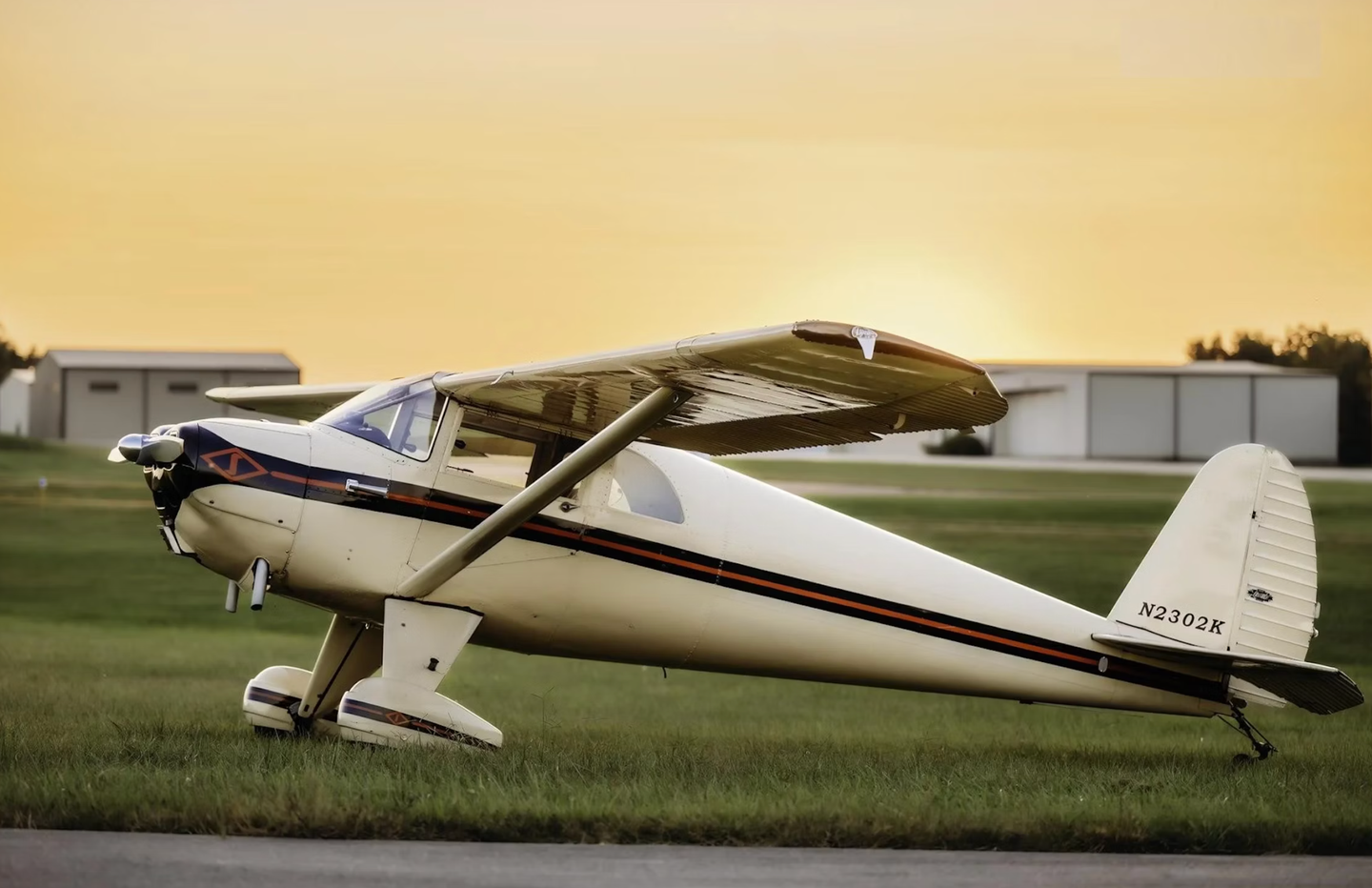
Subscribe to Our Newsletter
Get the latest Plane & Pilot Magazine stories delivered directly to your inbox

